After mastering the art of how to tile,, the next step is understanding how to safeguard your tiles using a tile sealer. A common question that comes up is whether or not tile sealing is necessary. In this article, we will explore the tile types that need to be sealed so that you can make informed choices when working on tiling projects for your customers.

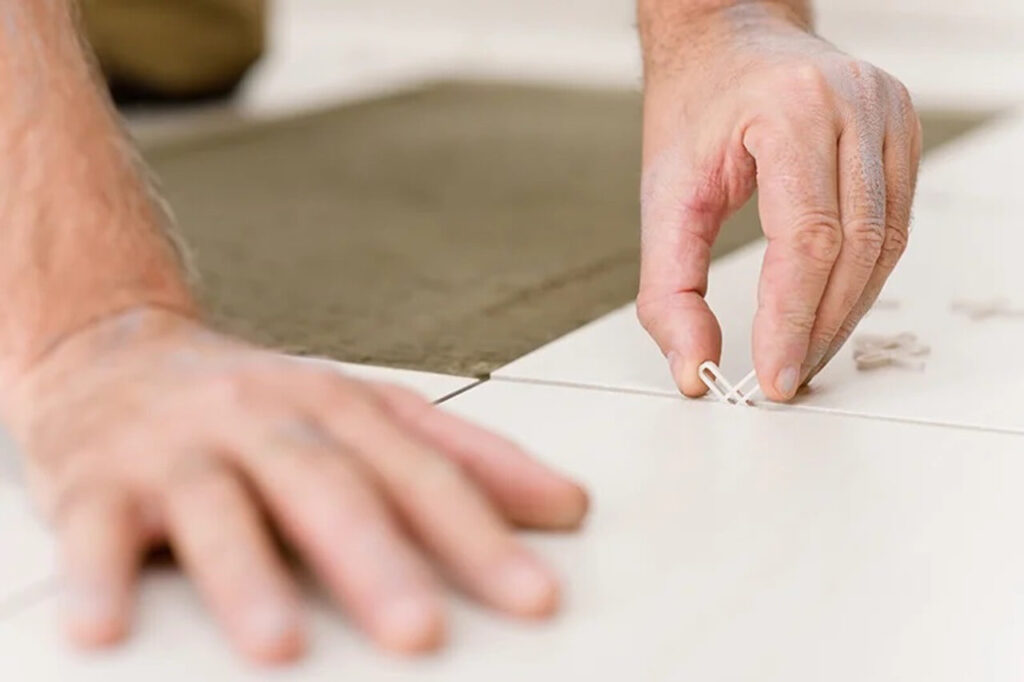
What Types of Tiles Need to Be Sealed?
- Polished porcelain
- Quartz
- Natural stone (including polished and unpolished marbles, travertine, granite, quarry, slate)
- Crackle glaze
- Cementitious grout
When and How to Use Tile Sealers
No Nonsense Stone and Tile Sealer is a water-based sealer with a natural finish. This product protects all types of natural and artificial stone making the surface resistant to water, oils, and grease.
It’s ideal for use on honed, tough cut, and polished surfaces, making it highly versatile. It delicately enhances the colour of your tiles and helps protect against staining.
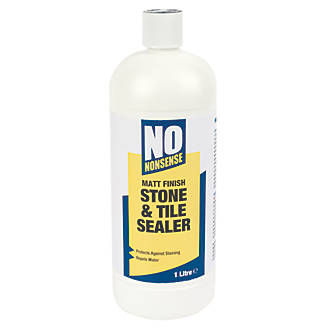
No Nonsense Stone and Tile Sealer is for indoor and outdoor use. Depending on the porosity of the tile, the coverage can vary.
For highly absorbent (porous) surfaces, it will cover approximately 2.5-3m2 per litre. For less absorbent surfaces, it covers 5-10m2 per litre. On polished surfaces, it can cover around 20m2 per litre.
Interior Tile Sealer
For interior tiles, Liberon Sealer for stone floors might be the best option. It’s a highly effective water-based sealer for protecting terracotta, slate, ceramic, marble, and many other types of porous flooring.
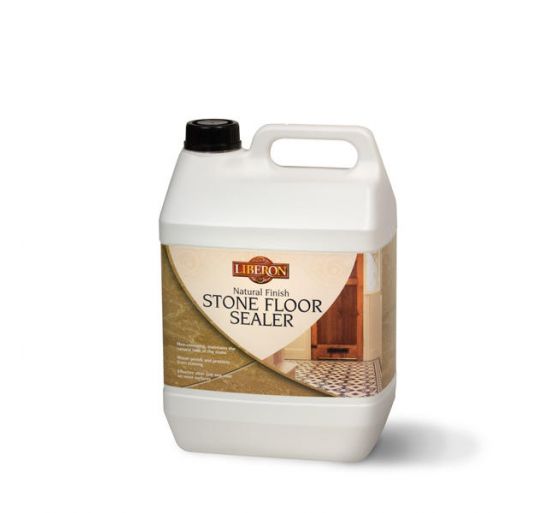
This product makes the surface resistant to water, stains, food oils, and grease marks. It’s ideal for use on new or old stone. There is little to no discolouration so you can maintain the beauty of the tiles.

How to Seal Crackle Glaze Tiles
Cracked, or crackle glaze tiles, require a different treatment when it comes to sealing. LTP Crackle Glaze Protector is designed to protect tiles that have a crackle glaze. It helps insulate these tiles from water, dirt, oil, grease, limescale and other household contaminants.
To apply this product, ensure that the tile surface is clean and dry. If you are going to wet cut any tiles, protect them with at least one coat of LTP Crackle Glaze Protector.
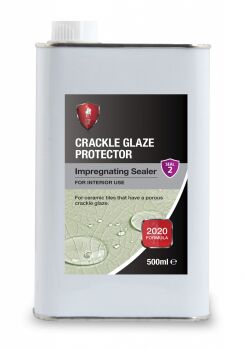
Once the tiles are laid but not grouted, apply at least one coat of LTP Crackle Glaze Protector with a sponge or soft cloth. Buff immediately into the surface using a buffing cloth. Do this until you remove all the excess. Leave it for a minimum of two hours before grouting with normal grouts.
When using a coloured grout apply at least another three coats of this sealer and do not buff off any excess. Wait at least two hours in between each coat. Once that’s done and the tile is installed, you can grout in the joints and remove the excess immediately.
You should leave the grout to cure and harden, then use the LTP Grout Stain Remover and black coarse pad to remove the residual grout and sealer.
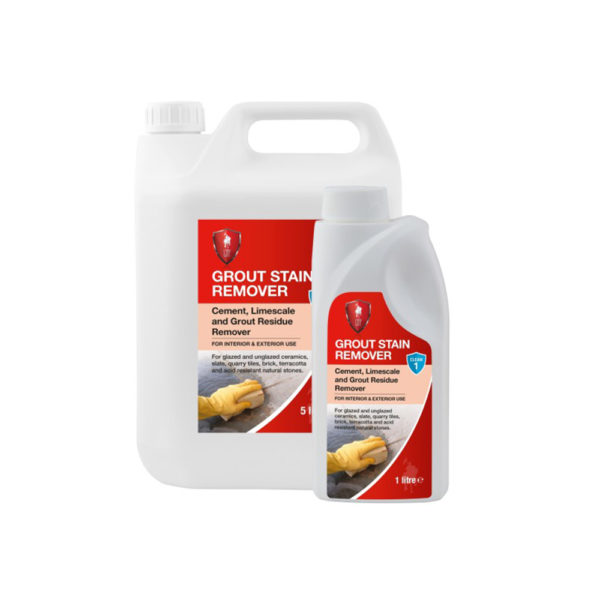
Sealing Cementitious Grout
Grout can often bear the brunt of grime and dirt build-up over the course of a tile installation, especially if it happens to be white grout. Cementitious grout is porous (although not to a degree that will allow water damage) and as such, is susceptible to stain absorption.
We recommend sealing cementitious grout where applicable with ZEP grout sealer. This product is an easy to apply, spray-on formula which forms a tough water and stain resistant coating for tiles and grout.
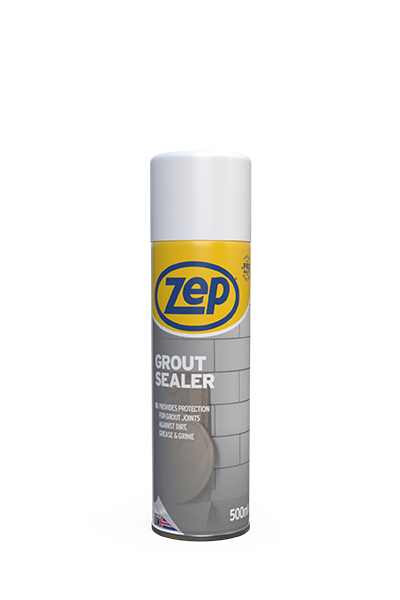
Now you know how to use tile sealer and how to protect your tiles. Make sure to share this blog with your colleagues and stay up to date with our latest news!


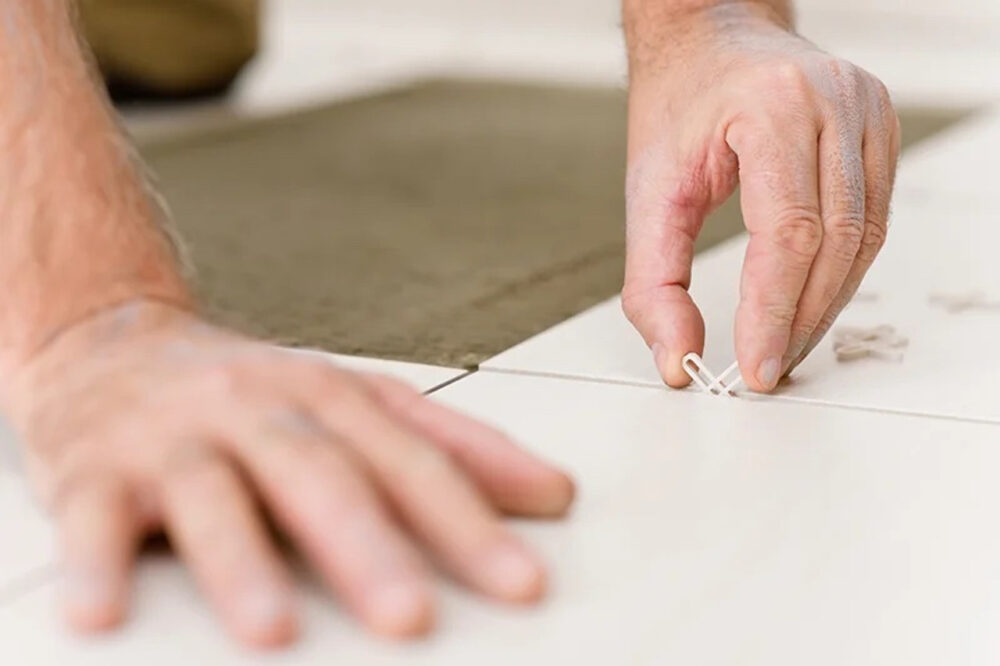
Post a comment